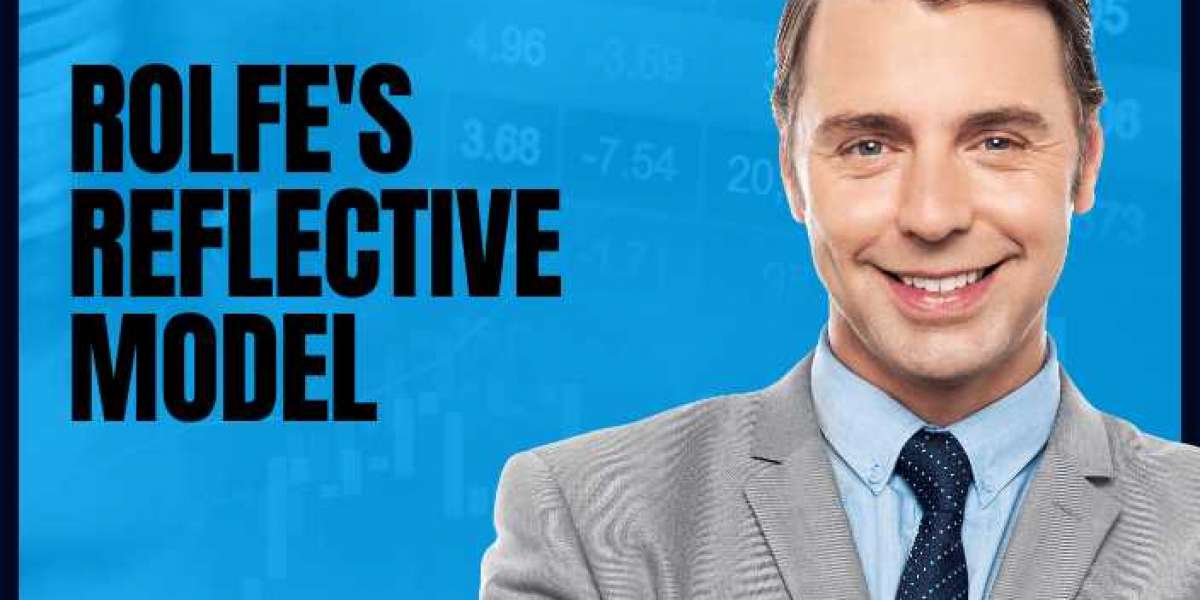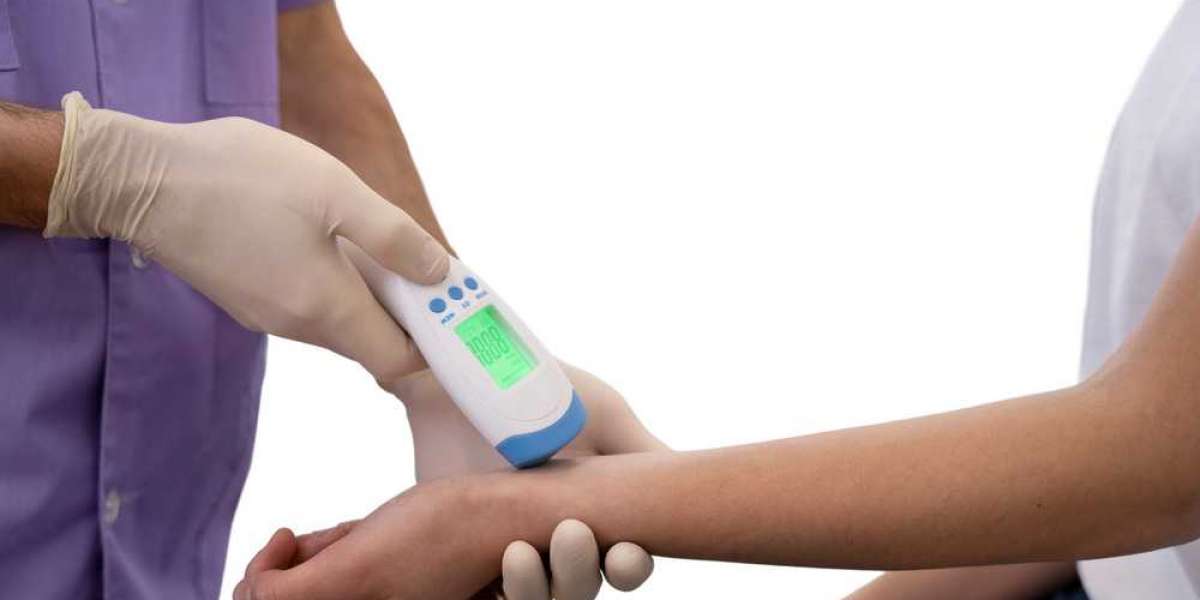Reflective practice is an essential tool for personal and professional growth, allowing individuals to learn from their experiences and apply those lessons to future situations. It is especially prominent in fields like healthcare, education, and business, where learning from real-world situations is crucial for improving outcomes. Among the many reflective models used to guide this practice, Rolfe's Reflective Model stands out for its simplicity and structured approach.
What is Rolfe’s Reflective Model?
Rolfe Reflective Model is a structured approach to reflection that simplifies the process into three core questions: What?, So What?, and Now What?. Developed by Gary Rolfe and his colleagues, this model is widely used in healthcare and education to encourage critical thinking, helping individuals not only reflect on their experiences but also draw actionable conclusions from them. Unlike more complex models of reflection, Rolfe’s model is straightforward and accessible, making it especially useful for those new to reflective practice.
The Structure of Rolfe’s Reflective Model
At the heart of Rolfe’s Reflective Model are three core questions:
- What? – This stage involves describing the experience or situation.
- So What? – This focuses on analyzing the significance of the experience.
- Now What? – This final step is about applying lessons learned to future situations.
By breaking reflection down into these three stages, Rolfe’s model provides a clear and concise framework for individuals to follow.
Breaking Down the Three Core Questions
1. Understanding the “What?” (Descriptive Reflection)
The "What?" stage is about capturing the factual details of the experience. It's essential to describe what happened without interpretation or judgment. For example, if you’re reflecting on a difficult conversation with a colleague, you might outline:
- What was said?
- What actions were taken?
- Who was involved?
The key is to stay objective at this stage, focusing on the event itself.
2. Delving into “So What?” (Analysis and Interpretation)
The "So What?" phase is where deeper reflection begins. Here, you explore the meaning of the experience:
- What did you learn from it?
- How did it make you feel?
- How does it relate to previous experiences or knowledge?
For example, if you were reflecting on a failure at work, you might analyze why the failure occurred, how it impacted your confidence, and what you learned about your approach to challenges.
3. Exploring “Now What?” (Action-Oriented Reflection)
The final stage, "Now What?", focuses on applying what you’ve learned to future situations. This is where reflection becomes actionable:
- How will you handle similar situations in the future?
- What steps will you take to improve your response?
- What new strategies or skills can you develop?
In this phase, you're creating a plan to implement changes based on your reflections, ensuring continuous growth and learning.
The Simplicity and Practicality of Rolfe’s Model
One of the reasons Rolfe’s Reflective Model is so popular is its simplicity. The three-question format is easy to remember and use, making it an excellent starting point for those new to reflective practice. It doesn’t require deep theoretical knowledge or extensive writing, which makes it accessible even in fast-paced environments like healthcare or business.
Application of Rolfe’s Reflective Model
Rolfe’s Reflective Model has been widely adopted in several fields:
- Nursing and Healthcare: Reflection is critical in nursing to improve patient care. Nurses use Rolfe’s model to reflect on their practice, particularly after challenging patient interactions or procedures.
- Education: Teachers use the model to reflect on lessons, assessing what went well, what didn’t, and how they can improve future classes.
- Management and Business: Leaders reflect on project outcomes, team dynamics, and decision-making processes to improve organizational performance.
Advantages of Rolfe’s Reflective Model
- Clarity and Simplicity: The three-question structure makes reflection straightforward.
- Encourages Critical Thinking: By moving from description to analysis to action, Rolfe’s model promotes deeper understanding.
- Links Reflection to Future Action: It helps turn insights into tangible plans for improvement.
Limitations of Rolfe’s Reflective Model
While Rolfe’s model is effective, it has some limitations:
- Oversimplification: The model may oversimplify complex situations, missing nuances in emotional or social contexts.
- Limited Depth: Some critics argue that it lacks the depth of models like Gibbs’ Reflective Cycle, which includes more detailed stages.
- Focus on Individual Reflection: The model doesn’t always account for group or social dynamics, which can be essential in fields like healthcare or education.
Comparing Rolfe’s Model with Other Reflective Models
- Rolfe vs. Gibbs’ Reflective Cycle: Gibbs offers more detailed stages, including feelings and conclusions, while Rolfe’s model is more concise.
- Rolfe vs. Schön’s Reflective Practice: Schön emphasizes reflection-in-action (thinking during an event) and reflection-on-action (thinking after an event), which can be more dynamic.
- Rolfe vs. Kolb’s Experiential Learning Cycle: Kolb’s cycle focuses on learning through experience and includes concrete experience, reflective observation, abstract conceptualization, and active experimentation.
Real-life Examples of Rolfe’s Reflective Model
- Nursing: A nurse reflects on a patient’s adverse reaction to medication, identifying areas for improvement in medication administration protocols.
- Teaching: A teacher reflects on a failed lesson plan, analyzing why students didn’t engage and planning adjustments for the next class.
- Business: A manager reflects on a project’s missed deadline, exploring the factors that led to the delay and implementing new time-management strategies.
How to Use Rolfe’s Reflective Model in Practice
Here’s a simple step-by-step guide:
- After an event, write down the What? – What happened, who was involved, and what actions were taken.
- Reflect on So What? – Analyze the significance of the event and your feelings about it.
- Plan for Now What? – Create actionable steps to improve future outcomes.
Criticism and Evolving Perspectives on Rolfe’s Model
Critics argue that Rolfe’s model may be too simplistic for complex scenarios. However, many have adapted it by adding more reflective layers or incorporating emotional and social aspects.
Incorporating Rolfe’s Model into Daily Practice
You can use tools like reflection journals or group debriefs to make reflection a regular habit. Writing down thoughts helps solidify the learning process.
Reflective Model in Lifelong Learning
Rolfe’s Reflective Model is a powerful tool for ongoing personal and professional development. It fosters a habit of reflection that encourages continuous growth, helping you adapt and improve over time.
Conclusion
In summary, Rolfe’s Reflective Model offers a simple yet effective way to reflect on experiences, gain insights, and apply those lessons to future actions. While it may not capture every nuance of an experience, its clear structure makes it a valuable tool for anyone looking to engage in reflective practice.






